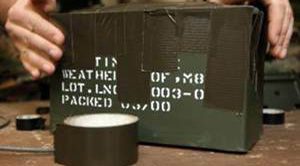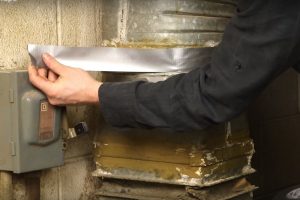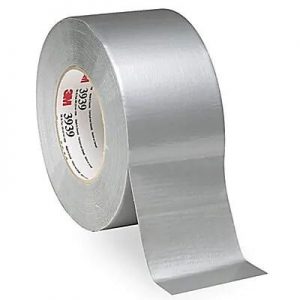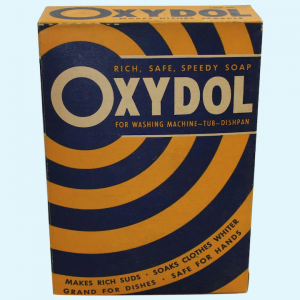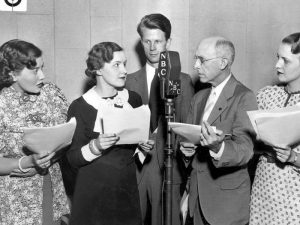The janitor who helped put a man on the moon – Purpose in action
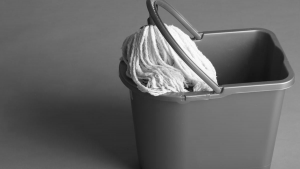
In the last couple of years, much has been written about brands having a ‘purpose’ – a reason to be above and beyond making a profit. Much more is being written about it now. Many commentators are hoping that the “new normal” will present an opportunity for a more purposeful and better future.
If this is going to materialize, one thing that needs to happen is that everyone in those purpose-led organizations needs to be truly engaged and inspired by their respective purposes.
I recently read Alex Goryachev’s Fearless Innovation which reminded me of perhaps the most famous example of a purpose that united and inspired an organization.
Interestingly that purpose was ‘given’ to the organization in question.
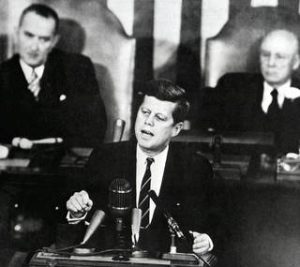
With that short and now famous sentence Kennedy’s had effectively given NASA’s Apollo program its mission, its purpose.
It would be later that year that something would happen to demonstrate how that purpose had already permeated throughout the whole organization.
Wanting to show his continued support for the moon-shot and to try and further win over the broader American public who were still sceptical about the endeavour, Kennedy visited the NASA headquarters.
Like many presidential visits to different organization he held meeting and had presentations from the senior management, but he also took time to take a tour of the facility.
Along the way he stopped and talked to a number of employees.
He noticed a janitor who was mopping the floor and stopped to talk to him.
He asked him what he did at NASA. He might well have been expecting the man to reply that he mopped the floors, took out the trash, did odd jobs and helped fix the heating but he didn’t.
Instead he simply said, “I’m helping put a man on the moon.”



